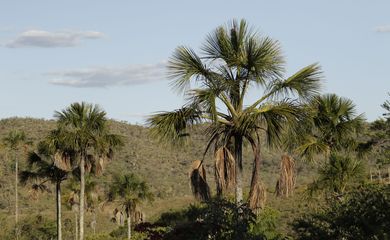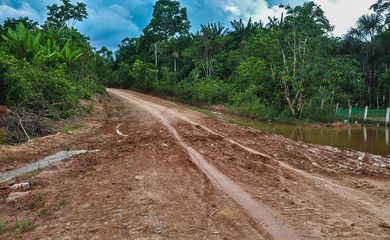Brazil loses a quarter of natural forests in nearly 40 years

A new survey conducted by MapBiomas found a 15 percent reduction in the area occupied by natural forests in Brazil between 1985 and 2022—from 581.6 million to 494.1 million hectares.

When all six Brazilian biomes are considered—the Amazon, the Atlantic forest, the cerrado, the caatinga, the pampa, and the pantanal—the Amazon (78%) and the caatinga (54%) had the highest proportion of natural forests in 2022.
The main driver behind the devastation was the expansion of farming, which sped up deforestation in the last five years, accounting for 11 percent of the 87.6 million hectares lost, the watchdog reported. The biomes that saw the most forest vanish in this time span were the Amazon (13%) and the cerrado (27%).
The study takes into account different types of tree cover: forest formations, savannas, flooded forests, mangroves, and restingas. According to MapBiomas, these ecosystems take up 58 percent of the Brazilian territory.
Deforestation
MapBiomas also noted that two thirds of the area destroyed (58 million hectares) comprised forest formations: vegetation with a predominance of tree species and a continuous canopy, like the forests in the Amazon and the Atlantic forest. The loss of forest formations reached 14 percent during the 38 years surveyed. The pampa was the only region showing stability over the years.
According to the calculations, almost all of the deforestation (95%) stemmed from the advance of agriculture, which involves both the transformation of forest into pastures and the use of areas for cultivation. In the first two decades of the period, there was an increase in forest loss, followed by a reduction in the deforested area from 2006 onwards.
Floodplain forests are also part of the Amazon landscape, and began to be monitored by MapBiomas this year. These forests are formed near watercourses. In this case, over a period of almost 40 years, 430 thousand hectares of forest were lost—18.8 million hectares, or 4.4 percent of the biome in 2022.



